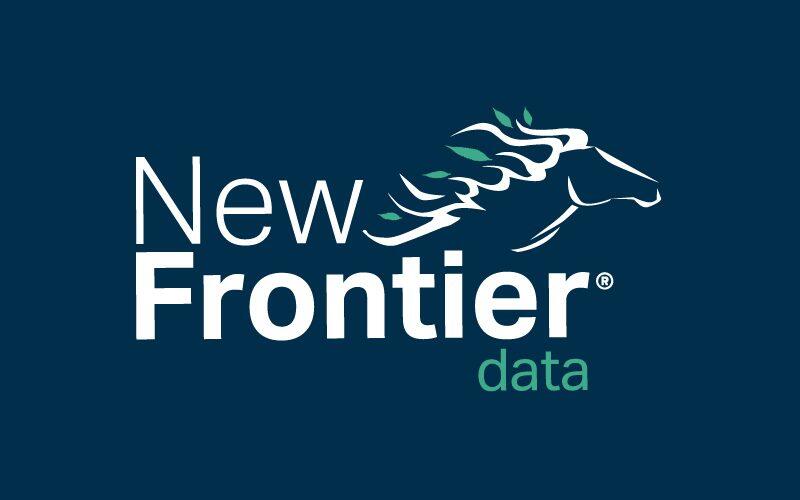After Six Years, Colorado’s Legal Cannabis Market Proves Demand, Reflects Maturing Preferences

Humboldt Once Again King of California’s Cultivating Counties
May 3, 2020
Six Years of Legal Cannabis In Colorado
May 11, 2020By John Kagia, Chief Knowledge Officer, New Frontier Data
In six years since Colorado opened the nation’s first legalized adult-use cannabis market, it has seen an extraordinary transformation through activity marked by a significant influx of consumers, surging sales, and dramatic evolution in the product landscape.
Demonstrating the third-highest rate of cannabis use in the United States (after Oregon and Vermont, respectively), one-fifth of Colorado’s adults report regularly using cannabis (i.e., having done so in the preceding 30 days), reflecting a large, deeply entrenched consumer market welcoming an effectively regulated and deployed program.
Based on New Frontier Data’s modeling, the state indeed has been able to effectively cannibalize most of the market’s illicit demand, with more than 80% of consumers now patronizing either Colorado’s regulated adult-use or medical markets. Having captured so much of the illicit demand, Colorado’s market is nearing saturation (regardless of small but intransigent consumer cohorts given either to growing their own cannabis, fearing inclusion in government databases, lacking legal documents, or otherwise avoiding public association with cannabis for personal or professional reasons). While incremental growth is expected in demand among new consumers in the state, Colorado’s market capture of attainable existing consumers is nearly complete.
Thus, the Rocky Mountain State has affirmed its strong consumer demand for legal cannabis, and its adult-use venture has proven to be highly lucrative for successful operators. Since 2014, adult-use and medical retail activities have nearly topped $8 billion dollars in sales (worth the price-tag equivalent of about 320,000 new Toyota Camrys). Based on such, New Frontier Data projects growth to proceed on pace for an additional $11.5 billion in sales by 2025 across Colorado’s medical and adult-use markets.
The established durability of cannabis consumers’ spending suggests that they are less likely to decrease their purchases of cannabis than they will be for other consumer products during a period of economic destabilization. So, despite the COVID-19 pandemic, its attendant economic shocks and near-term instability, the long-term outlook for legal cannabis revenues remains very strong for the sector’s efficiently managed, strategically positioned brands.
The sheer volume of products sold in Colorado is striking: With nearly 2 million pounds of flower sold over the past six years, the state’s consumers have purchased the equivalent of 2.6 billion 1/3-gram joints in that span (unsurprisingly, then, while the primacy of flower is increasingly rivaled by vapes, concentrates ,and edibles, New Frontier Data projects flower to remain the preferred ingestion option among consumers).
However, expansive innovations among value-added products (especially infused products including edibles and beverages) will keep drawing consumers to non-combustion-based products, with revenues likewise expanding over time. A notable caveat is that the rising shares of value-added products have not yet translated to cannibalized sales from flower so much as simply the rate of flower sales growing less quickly than those seen among those newer product lines.
In operating a generally well-regulated, highly accessible, and appropriately taxed legal cannabis market, Colorado has successfully realized many of the state’s targeted objectives for legalization. Most cannabis consumers avoid illicit sources, taxpaying operators have generated billions in sales and revenues, and the industry and its ancillary commerce have created thousands of jobs. Through product innovation, high testing standards, and well-funded industry oversight, the state has been able to broadly ensure consumers’ widespread access to clean, quality cannabis.
While time and a post-pandemic economic recovery yet remain before Colorado’s legal cannabis industry becomes fully entrenched in the state’s economy or reaches its maximal potential, to date the data definitively illustrates how cannabis has become both a major economic engine and catalyst for social and cultural change in the state and beyond.




